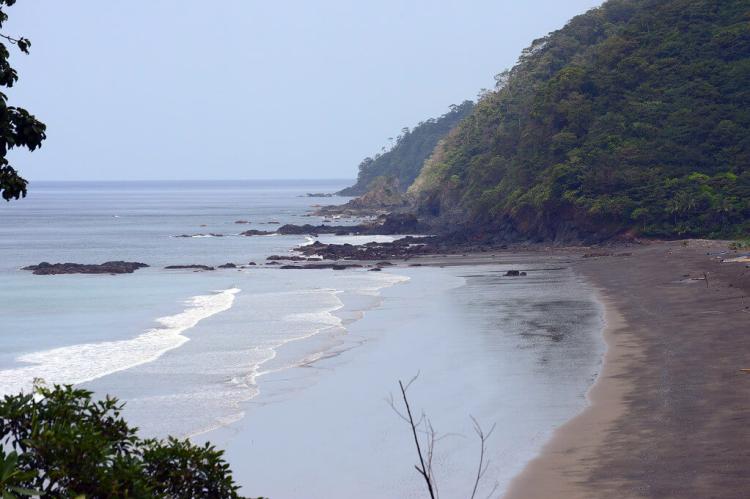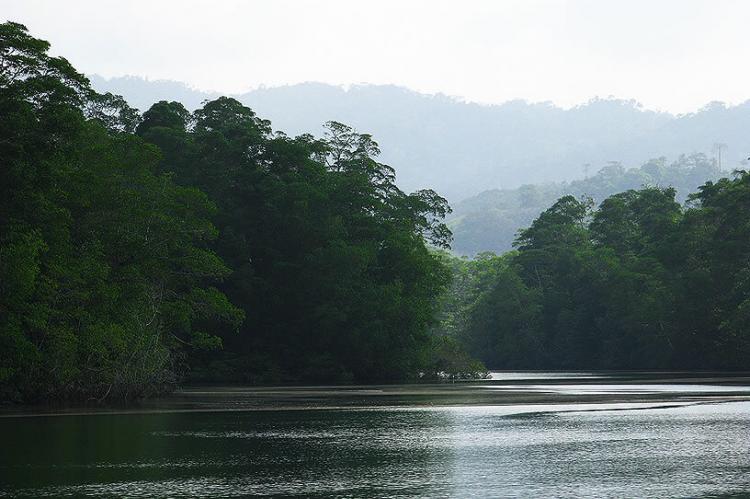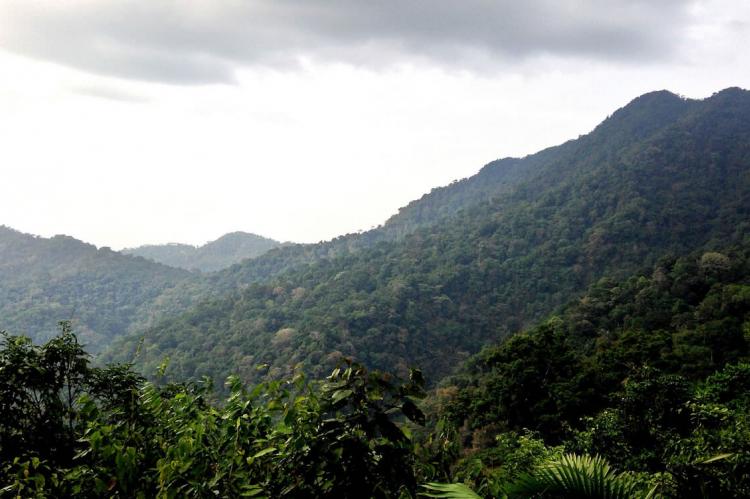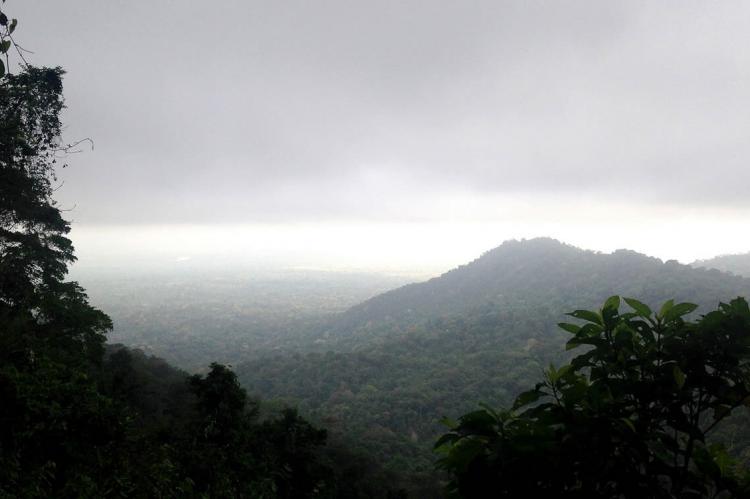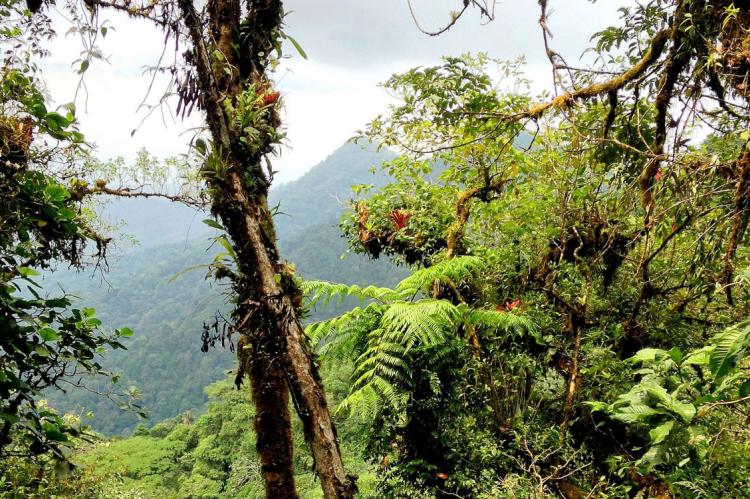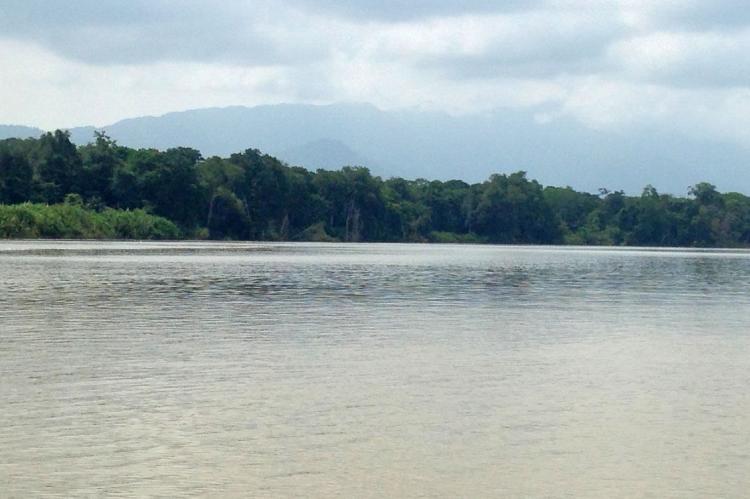Darién National Park: Preserving Panama's Natural and Cultural Legacy
Darién National Park in Panama is a World Heritage Site and a vital habitat for endangered species. It has diverse ecosystems and indigenous communities with rich cultural traditions. This unique blend of natural beauty and cultural heritage underscores the importance of its conservation.
Darién National Park and Biosphere Reserve: A Haven of Biodiversity and Cultural Heritage
Nestled in the southeastern corner of Panama, Darién National Park is a sprawling sanctuary that covers approximately 575,000 hectares (1,420,800 acres) in the Darién Province. Recognized as a World Heritage Site, it is one of Central America's most ecologically and culturally significant protected areas. The park boasts an exceptional variety of ecosystems, ranging from coastal beaches and mangroves to lowland rainforests and mountainous regions. It is a vital habitat for numerous species, including critically endangered mammals and birds. Darién also forms a crucial part of the land bridge connecting North and South America, making it a significant corridor for wildlife migration and genetic exchange.
Additionally, Darién National Park is a living cultural landscape. It is home to several Indigenous and Afro-descendant communities that have maintained traditional practices for centuries. This unique blend of natural beauty and cultural heritage underscores the importance of its conservation.
Geographic and Ecological Overview
Spanning from Sea Level to Mountain Peaks
Darién National Park extends from the Pacific coast to the towering Cerro Tacarcuna, reaching an altitude of 1,875 meters (6,150 feet) above sea level. This vast range of elevations supports an exceptional variety of ecosystems, including sandy beaches, rocky shores, mangroves, wetlands, rivers, creeks, palm forests, and numerous types of rainforest. The park encompasses the most extensive lowland rainforest on Central America's Pacific coast, making it a crucial area for biodiversity conservation.
Coastal and Inland Ecosystems
The coastal areas feature diverse habitats, such as sandy beaches and rocky shores, which provide nesting grounds for marine species and shelter for coastal flora and fauna. Inland, the park's wetlands, rivers, and creeks form a complex hydrological network that supports a variety of aquatic and semi-aquatic species. The palm forests and rainforests, ranging from lowland to montane types, are home to an impressive array of plant and animal life, many of which are endemic to the region.
Cultural and Ethnic Diversity
Indigenous and Afro-Descendant Communities
Darién National Park is a haven for wildlife and a living cultural landscape. The park is home to several Indigenous groups, including the Embera, Wounaan, Kuna, and Afro-descendant communities. These groups have lived in the area for centuries, maintaining traditional practices and subsistence agricultural systems. The inclusion of cultural dimensions in the park's management highlights the importance of preserving both natural and human heritage.
Archaeological Significance
Significant archaeological findings within the park reveal a rich history of human habitation and cultural development. These discoveries, along with the continued presence of Indigenous and Afro-descendant communities, emphasize the park's role as a cultural and natural reserve.
Biodiversity and Endemism
Mammals and Birds
Darién National Park is a biodiversity hotspot, with hundreds of vertebrate and thousands of invertebrate species recorded. Among the 169 documented mammal species are critically endangered animals like the Brown-headed Spider Monkey, endangered species like the Central American Tapir, and vulnerable species like the Giant Anteater. Near-threatened species like the Jaguar, Bush Dog, and White-lipped Peccary also inhabit the park.
Birdwatchers can find over 530 bird species in the park, including the endangered Great Green Macaw and the vulnerable Great Curassow. The park is also home to a significant population of the near-threatened Harpy Eagle, Panama's national bird, known for its impressive size and hunting prowess.
Plant Diversity
The park's plant diversity is equally remarkable, with various forest types ranging from lowland moist tropical forests to premontane and montane rainforests. Key species in these forests include Persea schiedeana, Quercus copeyensis, Weinmannia pinnata, Cedrela tonduzii, and numerous others. The mangroves, dominated by Rhizophora mangle and Avicennia nitida, play a critical role in coastal protection and serve as nurseries for marine life.
Conservation Challenges and Efforts
Threats to the Ecosystem
Despite its protected status, Darién National Park faces significant threats. The potential completion of the Pan-American Highway through the park could lead to uncontrolled deforestation, mining, agriculture, and hunting. These activities threaten to disrupt the fragile ecological balance, cause soil erosion, and displace Indigenous communities.
Conservation Strategies
The main goal of the Darién Biosphere Reserve, which encompasses the national park, is to maintain Indigenous cultures and traditional practices while promoting the conservation of biological diversity. The biosphere reserve is divided into core areas, buffer zones, and transition zones, each with specific management and conservation strategies. These strategies aim to regulate human activities, support sustainable development, and enhance the quality of life for local communities.
Conclusion
Darién National Park and Biosphere Reserve is a testament to Panama's rich biodiversity and cultural heritage of Panama. Its vast and varied landscapes, coupled with the presence of Indigenous and Afro-descendant communities, make it a unique and invaluable protected area. Continued conservation efforts are essential to preserving the park's ecological integrity and cultural richness, ensuring that this natural and cultural treasure remains intact for future generations.
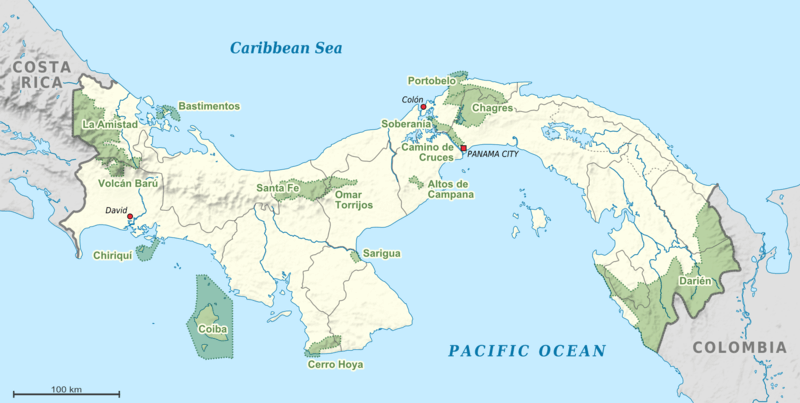
Map depicting the location of the National Parks of Panama.
